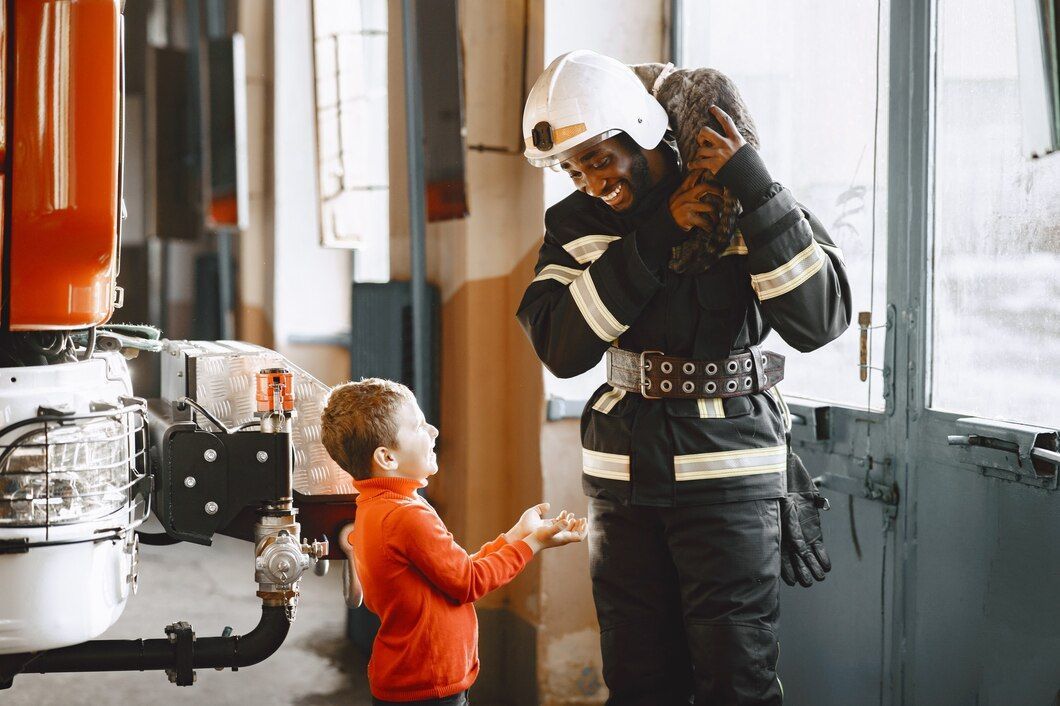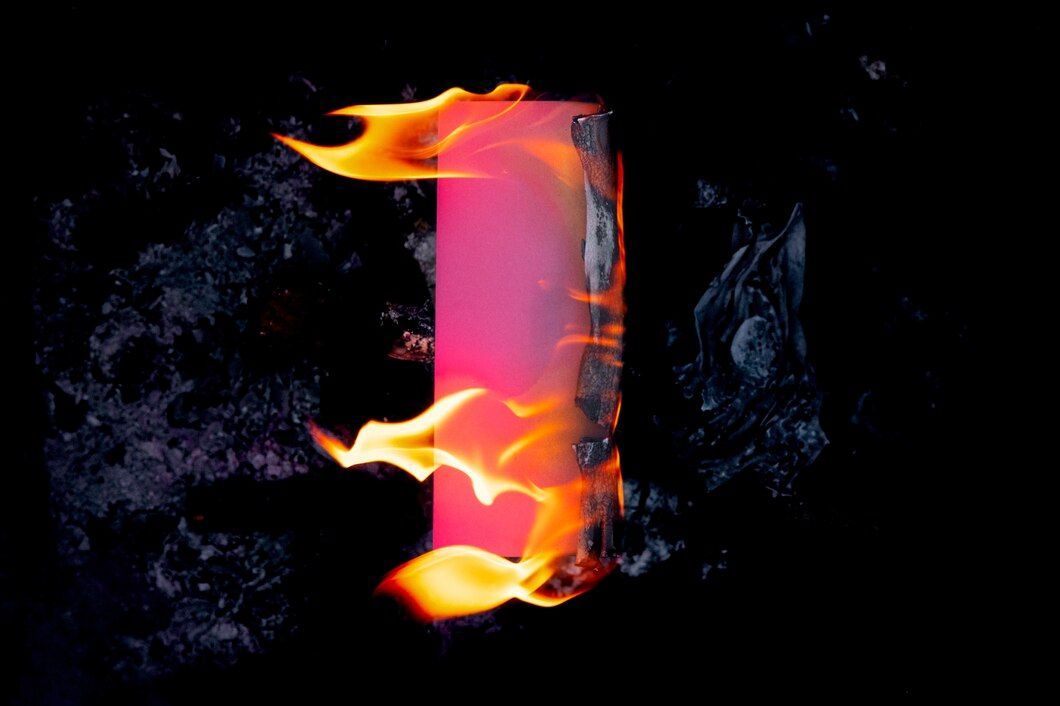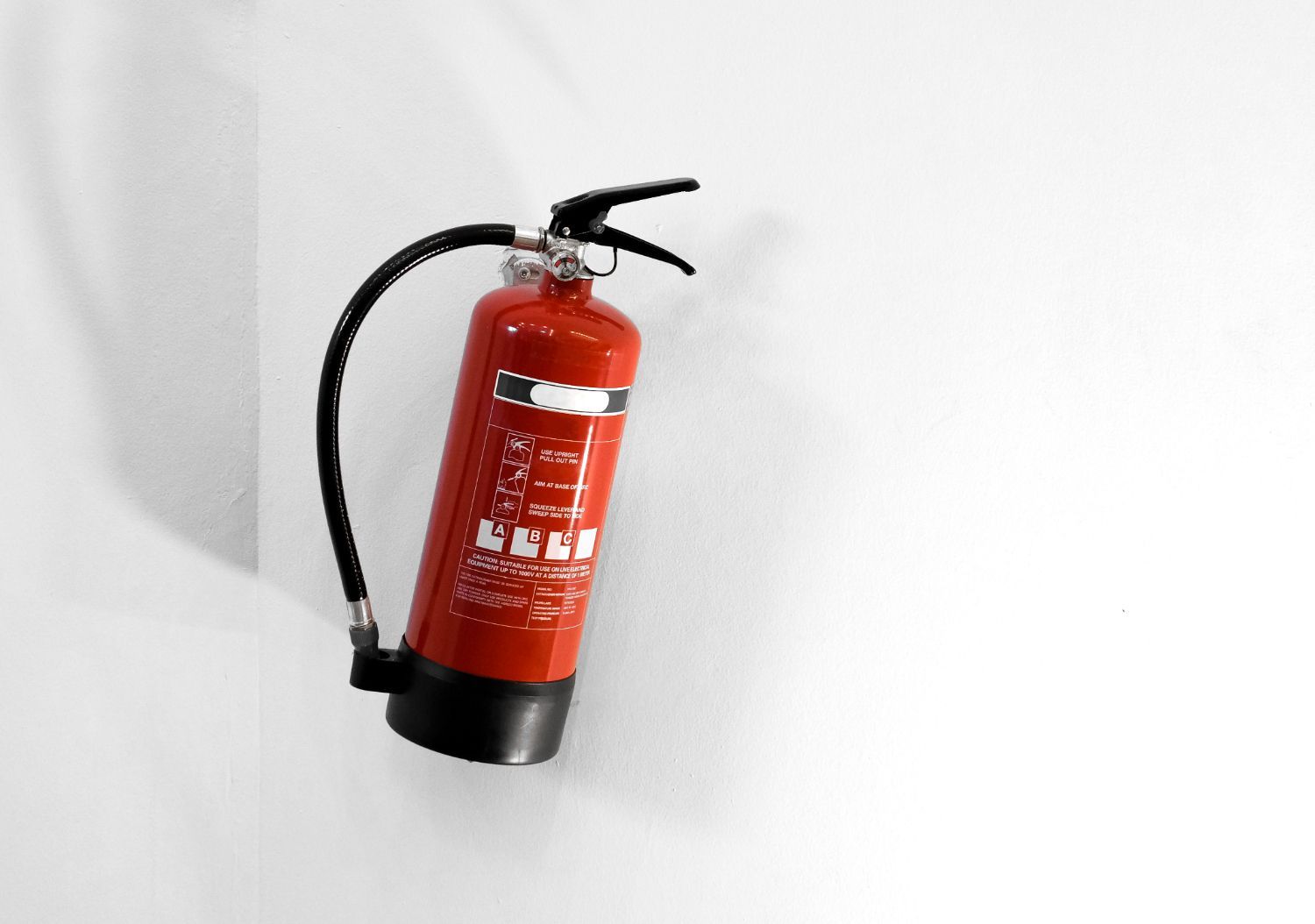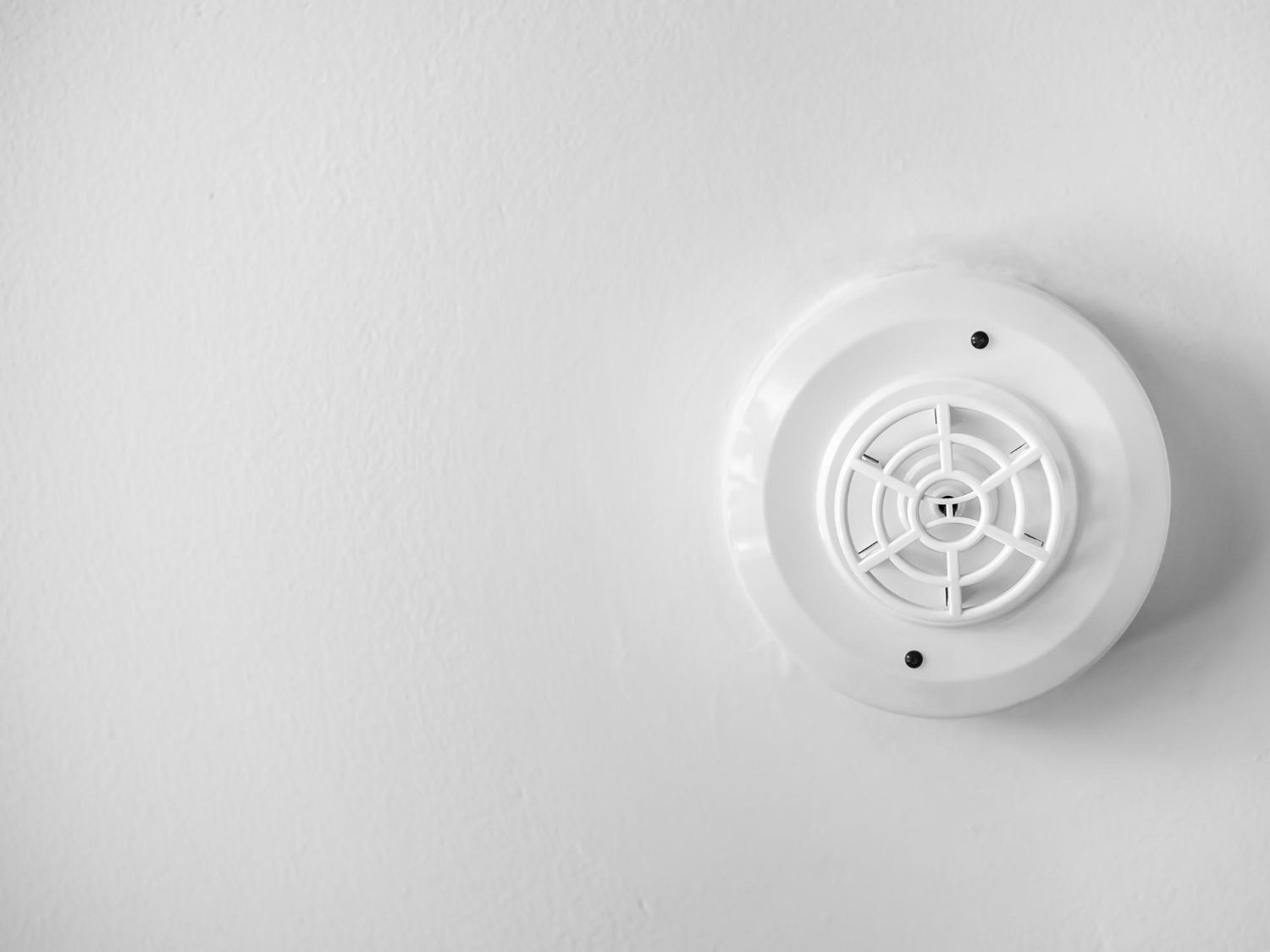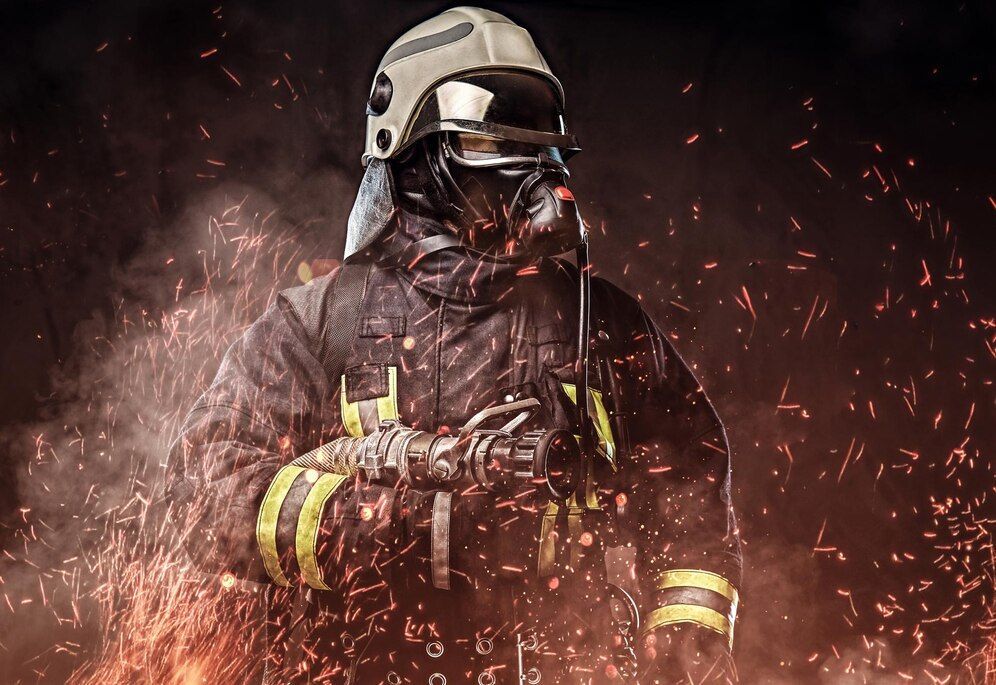Board of Fire Commissioners, Fire District 3,
Township of Old Bridge
Board of Fire Commissioners
Fire District 3
Township of Old Bridge
The Ultimate Guide to Fire Extinguishers: Types, Usage, and Maintenance for Residents

Safety is a top priority in Fire District 3, and having the right fire extinguisher in your home or business plays a vital role in protecting property and lives from potential fire incidents. To keep our community safe and informed, we have prepared the ultimate guide to fire extinguishers, tailored specifically for Fire District 3 residents. In this comprehensive guide, we will provide you with invaluable information to help you select the appropriate fire extinguisher, learn how to use it effectively, and maintain it in optimal working condition.
From understanding the different types of fire extinguishers suited for various fire classes to mastering the proper techniques for using and maintaining these life-saving devices, our goal is to create a safer and more prepared community for everyone in Fire District 3. Join us as we delve into the essential features, usage, and maintenance of fire extinguishers, and together we can build a more resilient and fire-ready community.
Understanding Fire Classes and Extinguisher Types
Before delving into usage and maintenance, it's essential to understand the different fire classes and extinguisher types. Fires are categorized into five classes, based on the materials involved:
1. Class A: Fires fueled by ordinary combustibles like wood, paper, cloth, trash, and plastics.
2. Class B: Fires that involve flammable liquids, such as gasoline, oil, grease, and oil-based paint.
3. Class C: Fires that involve energized electrical equipment, such as live wiring and fuse boxes.
4. Class D: Fires involving combustible metals, like potassium, sodium, magnesium, and aluminum.
5. Class K: Fires that involve cooking oils and grease, typically found in commercial kitchens and restaurants.
Each fire class requires a specific type of fire extinguisher. It is crucial to use the correct extinguisher for the fire class, as using the wrong one may be ineffective or even worsen the situation:
1. Water Extinguishers: Designed for Class A fires, these extinguishers discharge water to cool and smother the fire.
2. Carbon Dioxide (CO2) Extinguishers: Effective for Class B and C fires, these extinguishers remove oxygen and cool the fire's heat by discharging CO2 gas.
3. Dry Chemical Extinguishers: These multi-purpose extinguishers can tackle Class A, B, and C fires by interrupting the fire's chemical reaction, either by using monoammonium phosphate or sodium bicarbonate.
4. Wet Chemical Extinguishers: Intended for Class K fires, these extinguishers discharge a fine mist of potassium acetate or potassium citrate that reacts with cooking grease to create a foamy, soapy layer, cooling and suppressing the flames.
5. Class D Extinguishers: These specialized extinguishers are designed to address Class D fires involving combustible metals. They contain sodium chloride, copper, or graphite powdered agents that smother and dissipate the fire's heat.
Proper Fire Extinguisher Usage: The PASS Technique
When faced with a fire, following the PASS technique can ensure proper and efficient use of a fire extinguisher:
1. Pull: Remove the extinguisher's safety pin by pulling it out, unlocking the operating lever.
2. Aim: Aim the extinguisher at the base of the fire, as this is where the fuel source is located. Make sure to stand approximately 6-8 feet away from the fire to maintain a safe distance and tackle the fire effectively.
3. Squeeze: Squeeze the lever to discharge the extinguishing agent. Maintain firm pressure on the lever to ensure continuous discharge.
4. Sweep: Move the extinguisher's nozzle or hose from side to side in a sweeping motion while maintaining your aim at the base of the fire. Continue sweeping until the fire is extinguished.
Remember to call 911 immediately and activate the building's fire alarm if applicable. Only attempt to extinguish a fire if it is small and contained; you have a clear exit path, and you feel confident in your ability to use the fire extinguisher effectively.
Maintaining Fire Extinguishers: Inspection, Servicing, and Replacement
Regular maintenance is crucial in ensuring your fire extinguisher's reliability and effectiveness. The National Fire Protection Association (NFPA) recommends adhering to the following maintenance guidelines:
1. Monthly Inspections: Visually inspect your fire extinguisher monthly, checking for physical damage, missing or broken safety seals, and signs of tampering. Ensure that the pressure gauge indicates the extinguisher is properly charged. Refer to your extinguisher’s user manual for more specific inspection guidelines.
2. Annual Servicing: Professional servicing should be conducted annually by a licensed fire protection technician. This service includes checking for damage, corrosion, proper pressure, and ensuring the extinguisher functions as intended.
3. Six-Year Maintenance: A thorough internal examination is required every six years for stored pressure fire extinguishers and every 12 years for cartridge-type extinguishers. This maintenance must be performed by a professional fire protection technician.
4. Recharge After Use: After each use, or when the gauge indicates a low-pressure level, have the fire extinguisher professionally recharged by a licensed technician.
5. Replacement: Fire extinguishers have a general lifespan of about 10-12 years, even with proper maintenance. Always replace an extinguisher that exceeds its life expectancy or is deemed unsafe or non-functional during a professional inspection or servicing.
Fire Extinguisher Storage and Accessibility
Ensuring your fire extinguisher is stored properly and easily accessible can significantly impact its effectiveness during an emergency:
1. Location: Store fire extinguishers in easily accessible locations, such as near exits or in high-risk areas like kitchens or garages. Mount extinguishers on the wall or place them in a designated cabinet or storage space that is clearly visible.
2. Accessibility: Make sure all occupants, including children and senior citizens, know the extinguisher's location and are familiar with its proper usage.
Enhance Your Fire Safety Knowledge and Preparedness
Arming yourself with the knowledge and skills necessary to use and maintain fire extinguishers can make all the difference in the event of a fire emergency. Fire District 3 is committed to providing our community with the resources, guidance, and expertise to keep our residents safe and informed. By understanding fire classes, extinguisher types, proper usage techniques, and maintenance guidelines, you play an essential role in creating a fire-safe community.
If you have any questions or require additional support, don't hesitate to reach out to our
fire department in New Jersey. Contact the Board of Fire Commissioners, Fire District 3, Township of Old Bridge today, and let us help you enhance your fire safety knowledge and preparedness. Let's work together to build a more fire-ready and resilient community for all.
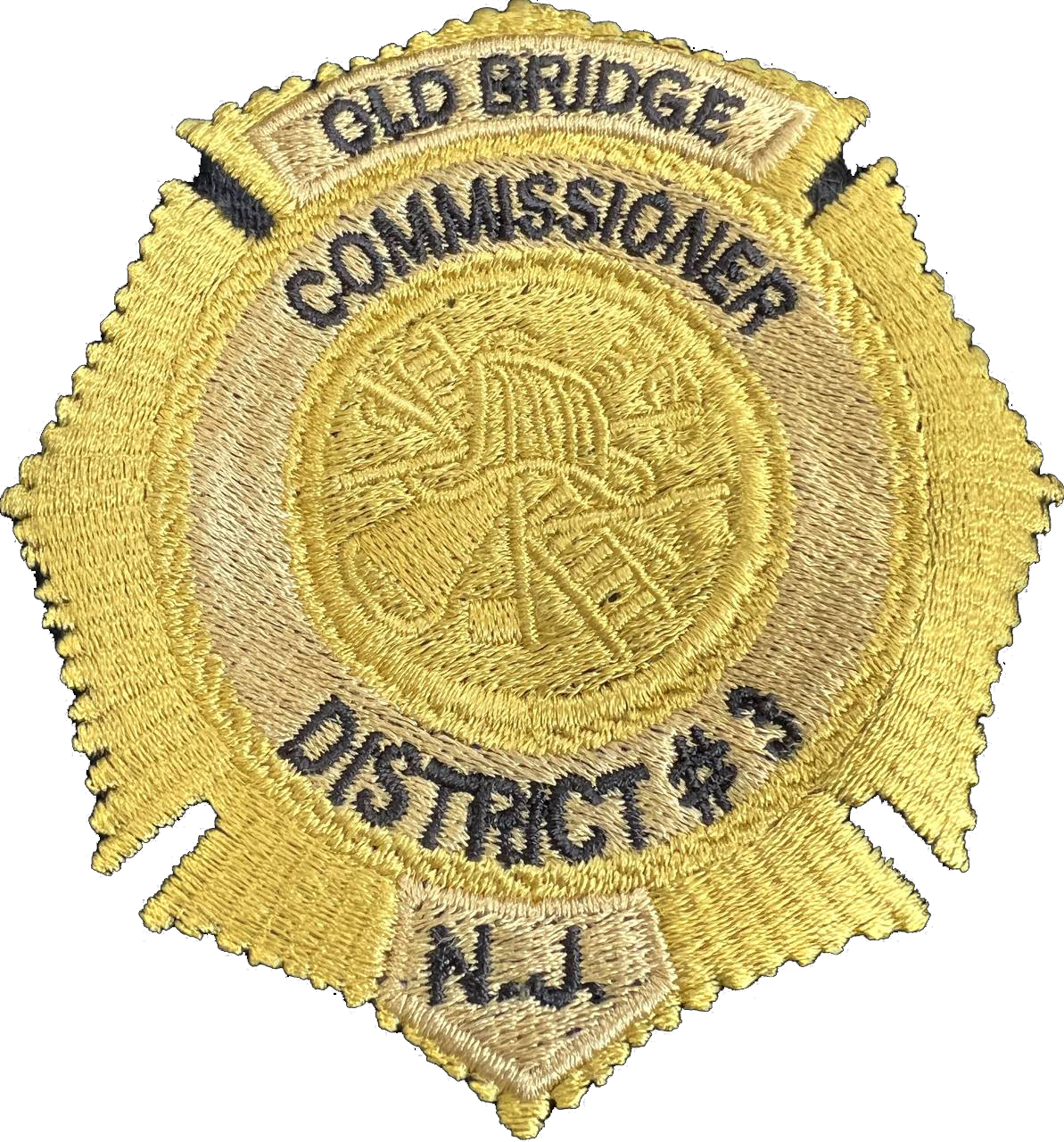
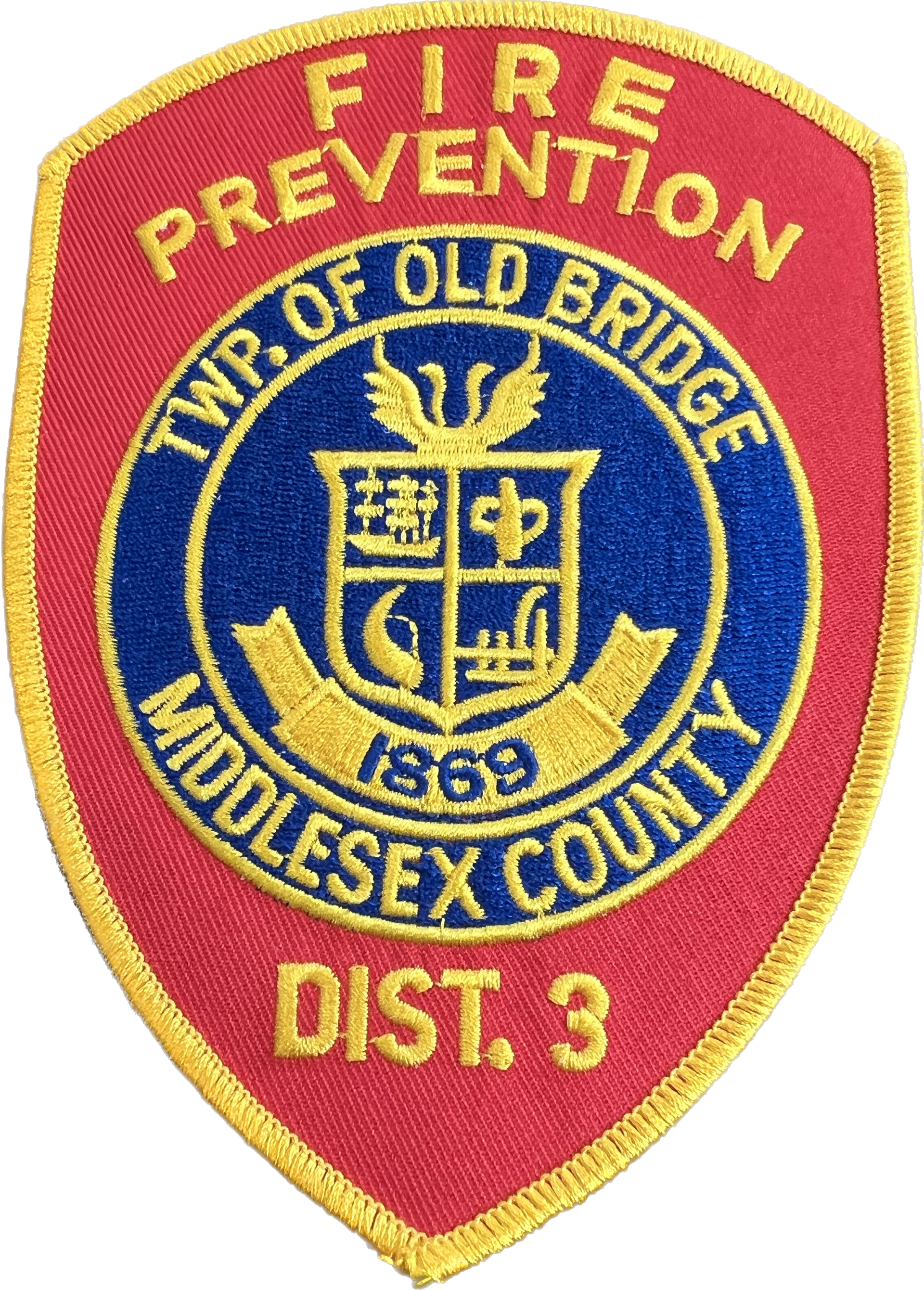
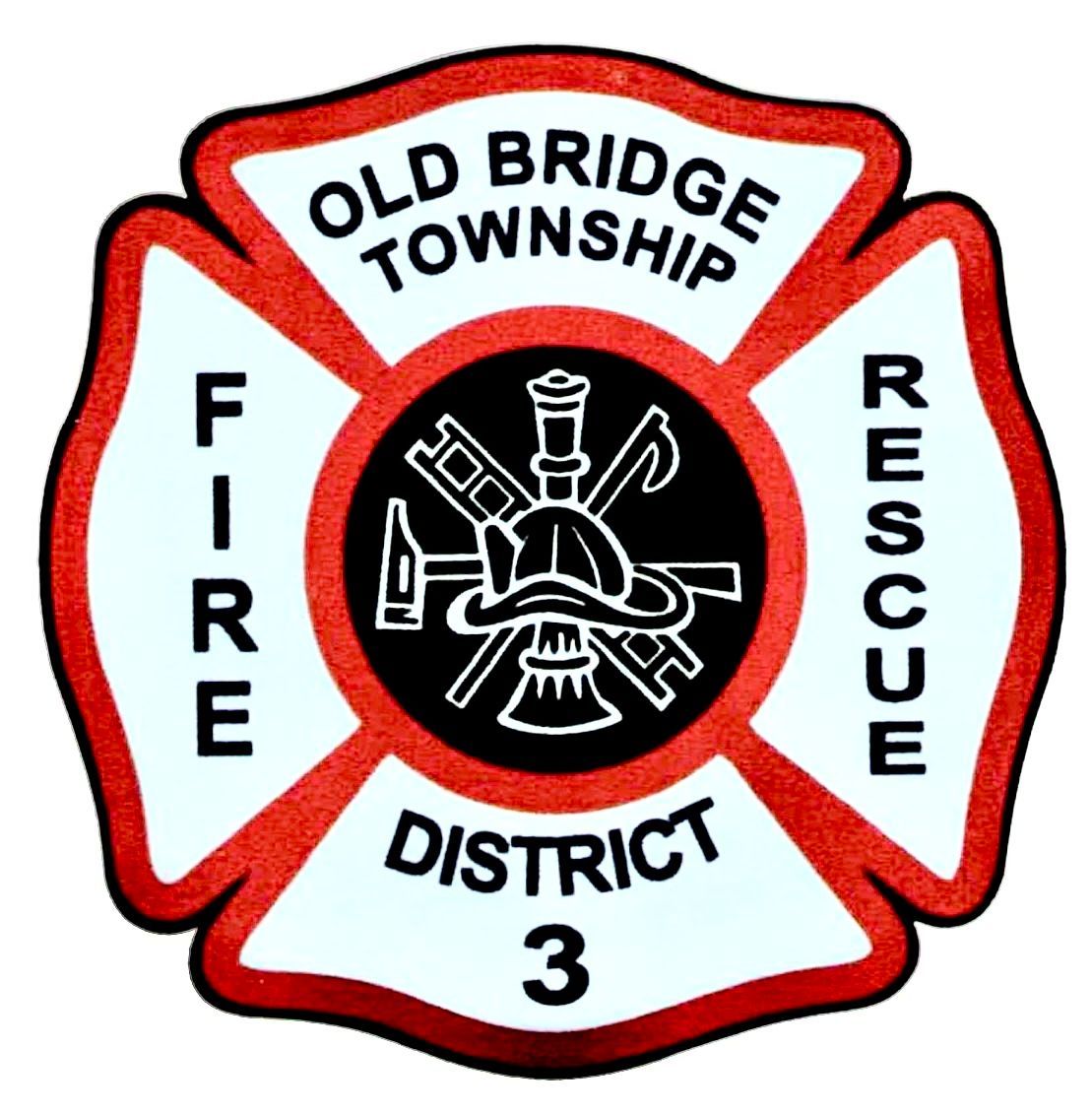



Phone: 732-723-1124 | Email: firedistrict3@obfd3.com
Address: 913 Englishtown Road Old Bridge, New Jersey 08857
We are closed daily from 12 Noon to 1pm for lunch
© 2023 All Rights Reserved | Board of Fire Commissioners, Fire District 3, Township of Old Bridge
All Rights Reserved | Board of Fire Commissioners, Fire District 3, Township of Old Bridge
